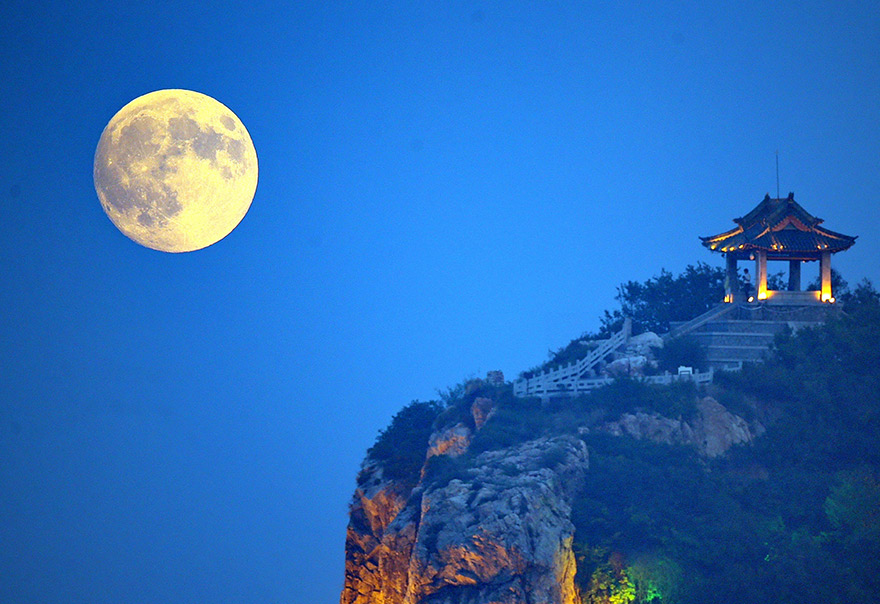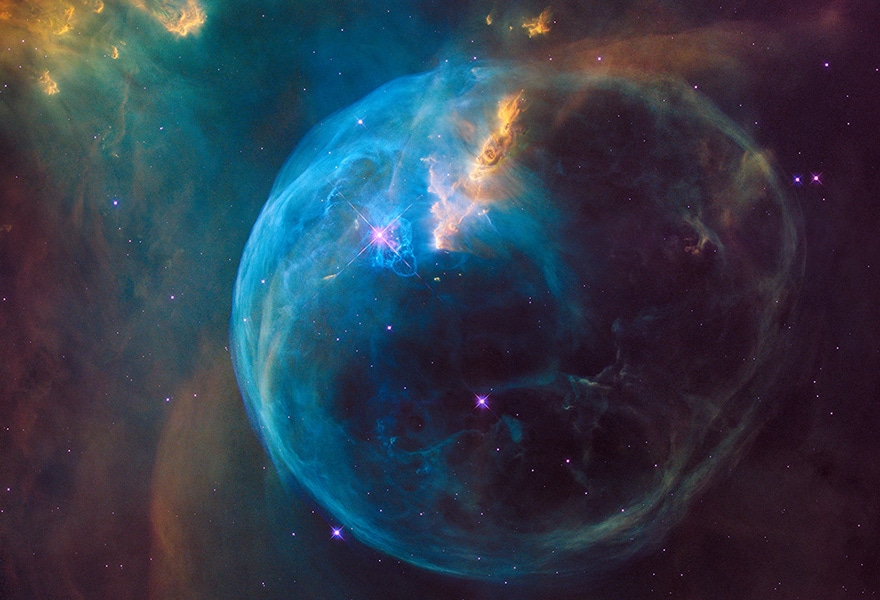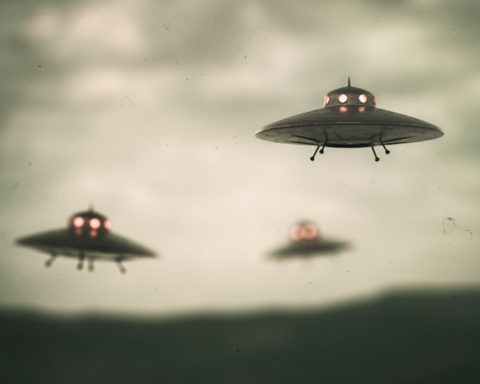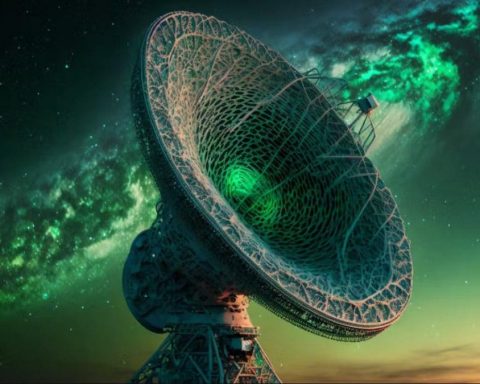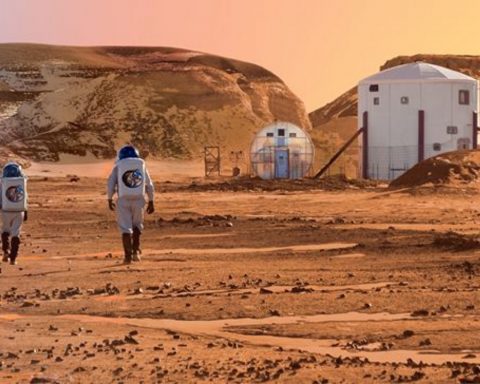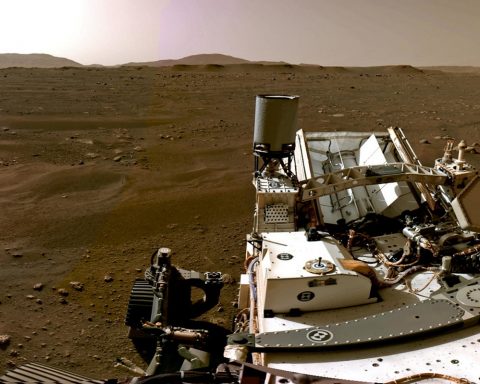An ambitious mission

We're going to hustle to the moon
READ ALSO IN UP : Small lunar village, with a breathtaking view of the Earth and Claudie Haigneré: her dream of a lunar village (video)
READ ALSO IN UP : The space race is open to private companies. And that changes everything.
Treasure hunt
High risk vacuum

Rivalry in the form of ancient tragedy?


Anything to add? Say it as a comment.

